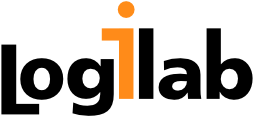A visual DSL toolkit in Lua: past, present and future par Alexander Gladysh
Résumé
Lua, besides its other virtues, is quite easy to learn. Nevertheless, Lua is a programming language, and in order to learn it one must invest a considerable effort to learn to write programs. It is often the case that, on one hand, there is a need to configure lots and lots of business logic intricate and ever-changing rules, but, on the other hand, the person who has the most expertise on the particular business logic area – domain expert – not have any clue on how to write code effectively (or even at all). All kinds of clumsy UIs, spaghetti code, wasted dedicated scripter's hours and other unpleasantries stem from that problem. Our flagship product – Business logic editor toolkit – to alleviate that somewhat by providing a programmer with a set of tools to easily build a business-logic configuration UI, suitable for a non-programmer domain expert, and an easy, platform-agnostic way to seamlessly tie business-logic configuration from that UI to an existing (or newly written) codebase, effectively creating a visual domain-specific programming language. Our toolkit is written in Lua (and some JavaScript), and it is a seventh generation implementation of the concept behind it. In this talk I'll talk a little about the past generations, describe the mechanics behind the current implementation in some detail, and I'll share our thoughts on how the next generation should look like – a new approach on the internal DSL design in Lua. And a promise: no marketing speak in the talk, and as much technical details as I'd dare (and time will permit)!
Vidéo
Cette vidéo est sous licence CC-By 4.0






